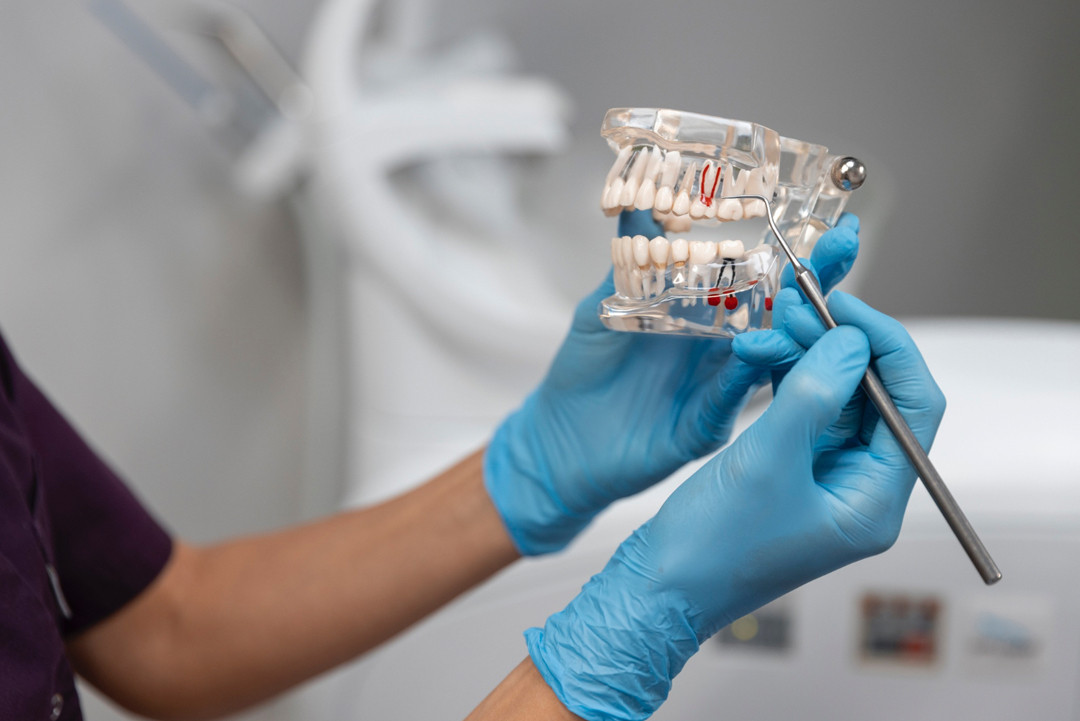What is Perinatology?
Perinatology, also known as maternal-fetal medicine, is a branch of obstetrics focused on the management of high-risk pregnancies. Perinatologists are specialists trained to ensure the health and safety of both the mother and baby before, during, and after delivery. While high-risk pregnancies can pose challenges, proper care and monitoring by a perinatologist can mitigate risks and improve outcomes.
What Conditions Do Perinatologists Manage?
Perinatologists manage a wide range of pregnancy-related conditions, including:
Preterm Labor and Birth
- Symptoms: Contractions and cervical dilation before 37 weeks of gestation.
- Risks: Immature fetal lungs, respiratory complications, and higher infant mortality.
- Management: Corticosteroids, respiratory support, and close monitoring in neonatal intensive care units (NICU).
Preeclampsia and Eclampsia
- Symptoms: High blood pressure during pregnancy, protein in the urine, potential seizures.
- Risks: Organ damage in the mother, growth restriction in the fetus.
- Management: Blood pressure control, fetal monitoring, and delivery planning.
Gestational Diabetes
- Symptoms: Elevated blood glucose levels during pregnancy.
- Risks: Macrosomia (large baby), preterm birth, jaundice, and long-term maternal diabetes risk.
- Management: Nutritional counseling, glucose monitoring, insulin therapy as needed.
Placenta Previa
- Symptoms: Placenta obstructing the cervix, leading to potential severe bleeding.
- Risks: Preterm birth, hemorrhage.
- Management: Bed rest, monitoring, and cesarean delivery if required.
Oligohydramnios
- Symptoms: Low amniotic fluid levels.
- Risks: Growth restriction, umbilical cord compression, preterm delivery.
- Management: Maternal hydration, amnioinfusion, and induction of labor.
Diagnostic Tools in Perinatology
- Specific and Targeted Ultrasounds:
- Purpose: Examine fetal anatomy and detect anomalies.
- Timing: Recommended at 11–13 weeks (1st trimester) and 18–23 weeks (2nd trimester).
- Doppler and Biophysical Profile:
- Purpose: Assess blood flow, fetal movements, breathing, and amniotic fluid levels.
- Prenatal Cell-Free DNA Screening:
- Purpose: Screen for chromosomal abnormalities such as Down Syndrome.
- Timing: Performed after 10 weeks of gestation.
- Invasive Genetic Screening:
- Methods:
- Amniocentesis: Extracting amniotic fluid for chromosomal analysis.
- Chorionic Villus Sampling (CVS): Sampling placental tissue.
- Methods:
- Laboratory Tests:
- Tests: Blood tests for infections (e.g., HIV, syphilis), glucose levels, and general health markers.
Treatment Approaches in Perinatology
- Antenatal Corticosteroids (ACS):
- Use: Enhance fetal lung maturity in preterm births.
- Benefits: Reduces risk of respiratory distress syndrome and complications like cerebral hemorrhage.
- Induction of Labor:
- Purpose: Facilitate delivery when continuing pregnancy poses risks.
- Methods: Hormonal treatments or mechanical dilation.
- Amnioinfusion:
- Purpose: Replenish amniotic fluid to stabilize fetal heart rate and prevent umbilical cord compression.
- Fetal Surgery:
- Purpose: Correct congenital anomalies or reduce potential harm to the fetus.
- Techniques: Includes procedures performed in utero or shortly after birth.
Why Consult a Perinatologist?
If you have a high-risk pregnancy or a history of complications, consulting a perinatologist ensures that you receive specialized care tailored to your needs. Their expertise helps manage complex conditions, improving the likelihood of a healthy outcome for both mother and baby.


















